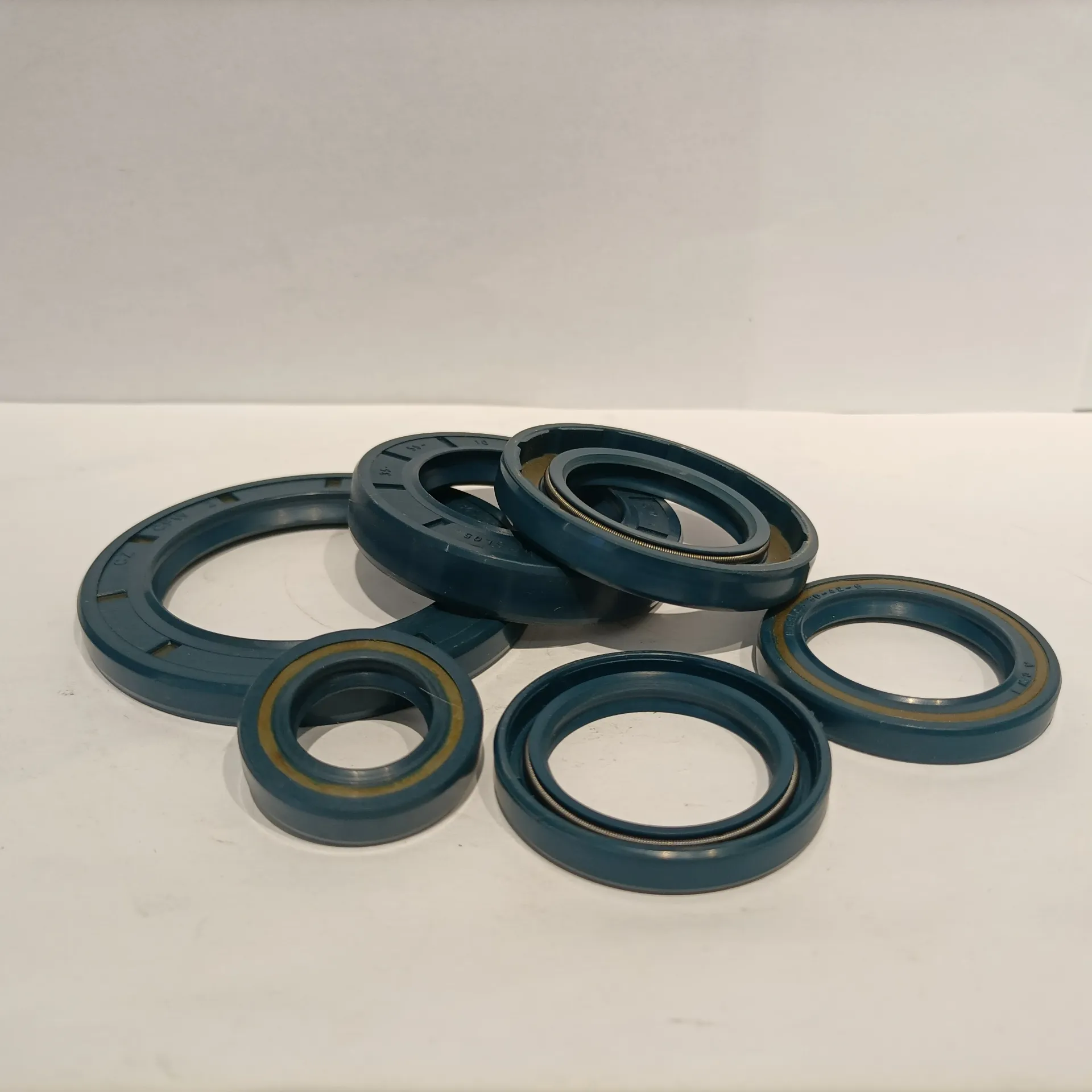Sep . 05, 2024 02:33 Back to list
Hydraulic Cylinder Seal Kit Material - High-Quality Seals for Optimal Performance
The Importance of Hydraulic Cylinder Seal Kit Materials
Hydraulic systems are essential in various industries, providing the necessary power for machinery and equipment to operate efficiently. One of the critical components in these systems is the hydraulic cylinder, which transforms hydraulic energy into mechanical force. However, the performance and longevity of hydraulic cylinders are heavily influenced by the seal kits used. Therefore, understanding the materials used in hydraulic cylinder seal kits is vital for ensuring optimal function and durability.
Hydraulic cylinder seal kits typically consist of several types of seals, including O-rings, rod seals, and Piston seals. The materials chosen for these seals must withstand harsh operating conditions, such as extreme temperatures, high pressures, and exposure to hydraulic fluids. Common materials used in hydraulic cylinder seal kits include nitrile rubber (NBR), fluorocarbon (FKM), polyurethane (PU), and thermoplastic elastomers (TPE).
The Importance of Hydraulic Cylinder Seal Kit Materials
Fluorocarbon (FKM), also known as Viton, is a more resilient material that offers superior resistance to heat, chemicals, and wear. This makes it ideal for high-performance applications or environments where the seals are exposed to aggressive fluids and elevated temperatures. However, FKM is typically more expensive than NBR, so it is used in applications where its properties justify the cost.
hydraulic cylinder seal kit material

Polyurethane (PU) is another popular seal material, known for its excellent abrasion resistance and elasticity. PU seals are versatile and can operate effectively in a variety of conditions, making them a suitable choice for both low and high-pressure applications. However, they may not provide the same level of chemical resistance as NBR or FKM, which could limit their use in certain environments.
Thermoplastic Elastomers (TPE) combine the attributes of rubber and plastic, providing a material that is both flexible and durable. TPE seals can be designed for specific applications, offering excellent resilience against thermal deformation, ozone, and certain chemicals. As a newer material in the market, TPE's applications in hydraulic systems are expanding, especially in sectors that demand environmental consciousness and recyclability.
Selecting the appropriate material for hydraulic cylinder seal kits is critical in ensuring the longevity and reliability of the hydraulic system. Factors such as operating temperature, pressure, and the specific chemicals the seals will encounter must be considered during material selection. By understanding the properties of different seal materials, engineers and technicians can make informed decisions that enhance the performance of hydraulic cylinders and prevent costly downtimes due to seal failures.
In conclusion, the material used in hydraulic cylinder seal kits plays a significant role in the overall performance of hydraulic systems. NBR, FKM, PU, and TPE each offer unique properties that cater to different applications. As industries continue to evolve and seek more efficient and reliable hydraulic solutions, advancements in seal materials will remain at the forefront of hydraulic technology development.
-
TCN Oil Seal Metal Ring Reinforcement for Heavy Machinery
NewsJul.25,2025
-
Rotary Lip Seal Spring-Loaded Design for High-Speed Applications
NewsJul.25,2025
-
Hydraulic Cylinder Seals Polyurethane Material for High-Impact Jobs
NewsJul.25,2025
-
High Pressure Oil Seal Polyurethane Coating Wear Resistance
NewsJul.25,2025
-
Dust Proof Seal Double Lip Design for Construction Equipment
NewsJul.25,2025
-
Hub Seal Polyurethane Wear Resistance in Agricultural Vehicles
NewsJul.25,2025
-
The Trans-formative Journey of Wheel Hub Oil Seals
NewsJun.06,2025
Products categories
















